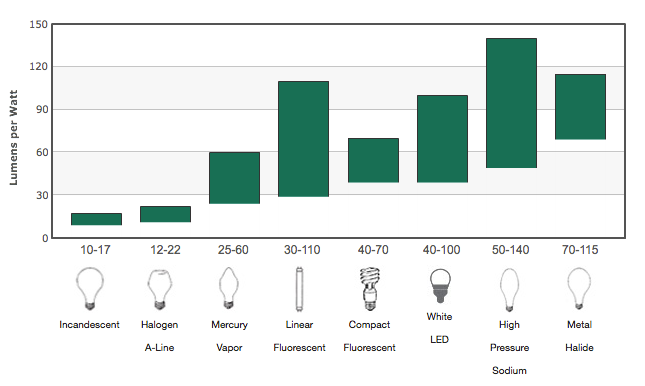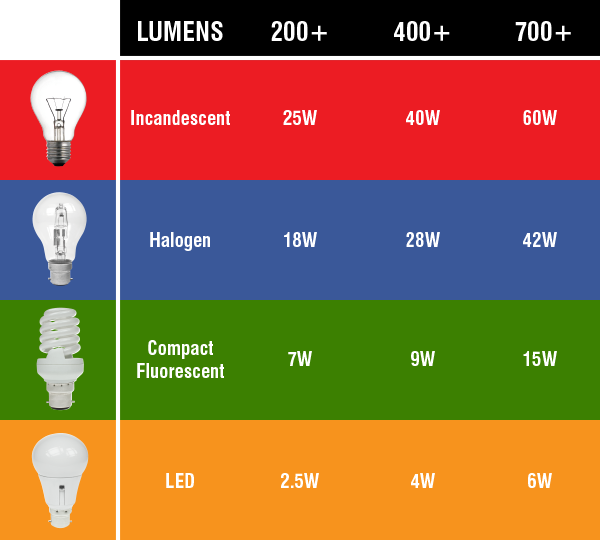

Most flashlights used to navigate construction sites, factories, shipyards, and other significant areas emit 1,200 lumens or more during the dark. 1200 Lumensįor outdoor lighting, search and rescue operations, hunting, etc., you’ll need light sources that radiate more than 1,000 lumens of brightness. Not to mention, these lumens of light appear a lot brighter when the light beam is relatively narrow, like in the case of a flashlight. However, they could be a tad too bright for tasks such as reading. Lights with a lumen rating of 200 to 400 are considered low-level lights.Ī light source that does 200 lumens, quite obviously, is the least illuminating and, therefore, comes quite handy with decorative accent lighting, reading, and other similar tasks that require negligible luminance.ģ00 and 400 lumens are slightly brighter and are, therefore, entirely interchangeable with 200-lumen lighting fixtures. The light output of 100 lumens, thus, equals the total number of light 100 birthday candles emit. A regular or robust candle is equivalent to 12.57 lumens. How Bright are 200, 300, 400, 1200, 3000 Lumens?Ī lumen of light is equal to a tiny birthday candle’s light output from a foot away. Since wattage determines power consumption and not light output, legislations in some parts of the world (such as the European Union) require lights to come labeled with their luminous ratings by law. On the other hand, CFL bulbs consume significantly less power, usually, a few watts higher than an equivalent LED lamp. Halogen bulbs are similar to incandescent lighting in power consumption but slightly lower. A 20-watt LED light will produce 1,600 lumens of light.īelow is a table showcasing how much lumens LED and incandescent bulbs produce at a specific power (in watts): For example, a 15-watt LED bulb shall output 1,100 lumens.

LED lights produce more lumens than incandescent bulbs per watt. However, with newer lighting technologies such as CFL (compact fluorescent lamp) and LED (light-emitting diode) entering the fray and consuming much less energy than the power-hungry incandescent lamps, watt figures are no longer the only reliable indicators of a bulb’s brightness. While one of the parameters, watts, do not necessarily communicate the brightness levels of a lighting tool.īack in the day when only incandescent lights were around, the wattage of a bulb gave a clear idea of how bright the light could potentially get. The “wattage” of a bulb denotes the total power a bulb consumes. Lumen is, therefore, not the best measure to ascertain or explain how much light a particular lamp will cast on a specific area.īut because it indicates the amount of light a given light source produces, lamps and other lighting tools usually have their light output labeled in lumens. If light travels in dots from a particular light source, lux will be the total number of light dots falling on an area, and lumens shall be the number of dots released.Ī light source’s lux figure is usually mentioned in correlation with the distance the light can travel-for instance, 2000 lux at 5 feet. Relamp LED products are designed and developed by New York LED Luminaries, Inc, Brooklyn, NY.įor shipping to Alaska and Hawaii, please contact for shipping rates.Do not confuse lumens with “lux”-the latter measuring the total light falling on a surface. Additional lengths and sizes available in listing.It is designed for desk lamps & general lighting.Picture of the desk lamp is installed with the 3 Relamp 18″ T8 daylight LED bulbs.All plastic diffuser and construction for better light distribution, less spot reflections.Energy saving of 40% from 17 watts to 10 watts with 1100 lumens output.Our 24 inch T8 LED lamp bulb works with traditional magnetic ballasts and modern electronic ballasts. It is fully compatible with Instant Start, Programmed Start, Rapid Start ballasts and legacy pre-heat magnetic ballasts.
1100 lumens to watts series#
This is a plug and play product from our Relamp Series when switching to LED lighting.
1100 lumens to watts install#


 0 kommentar(er)
0 kommentar(er)
